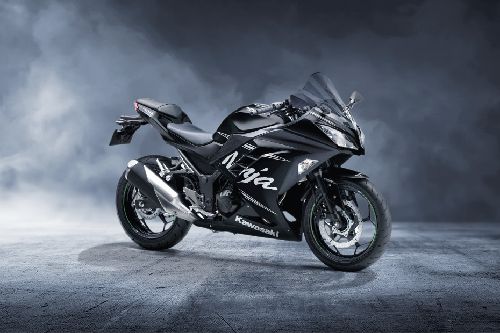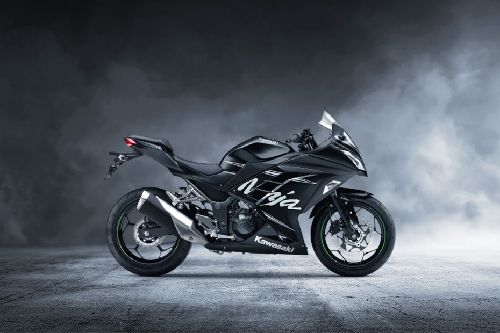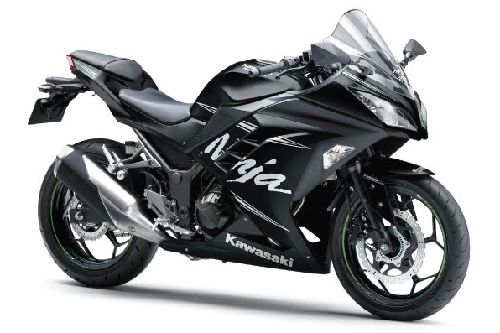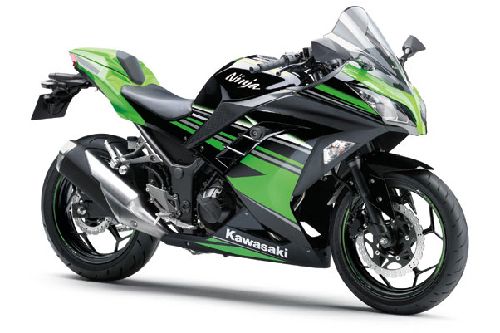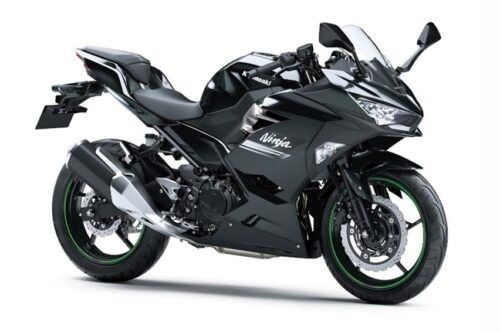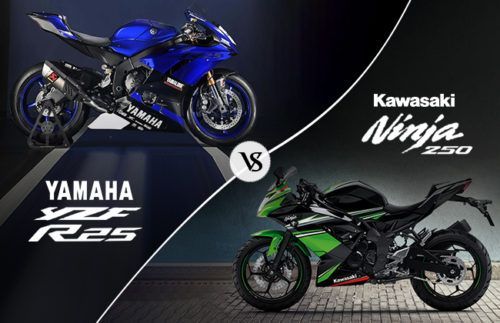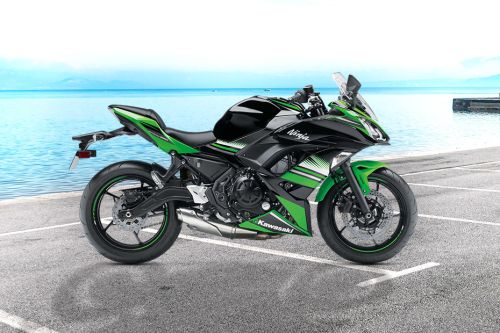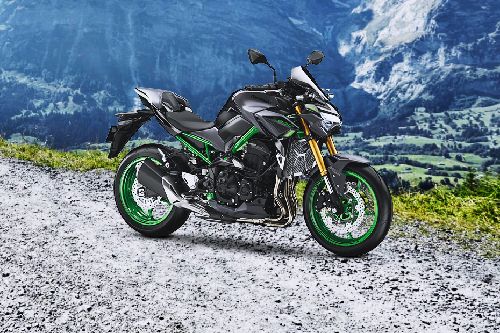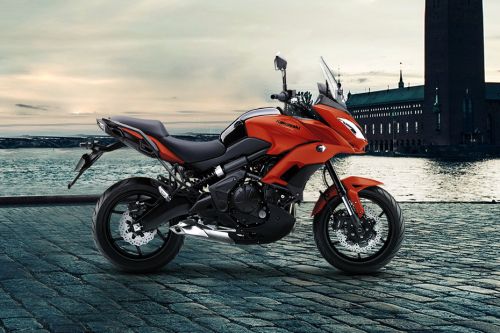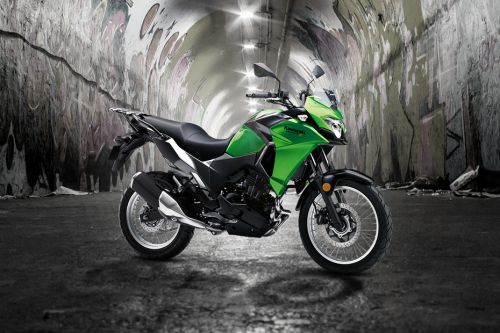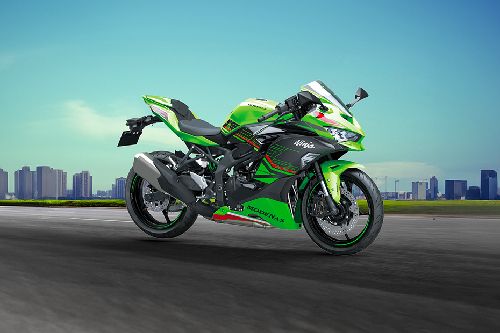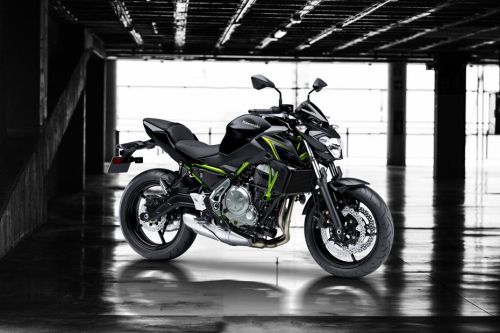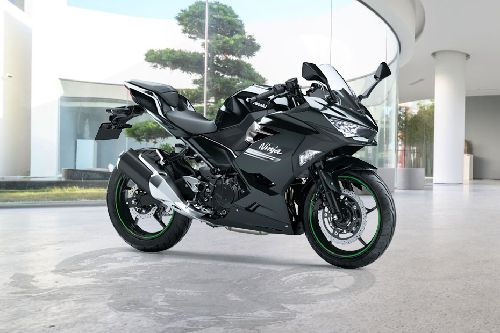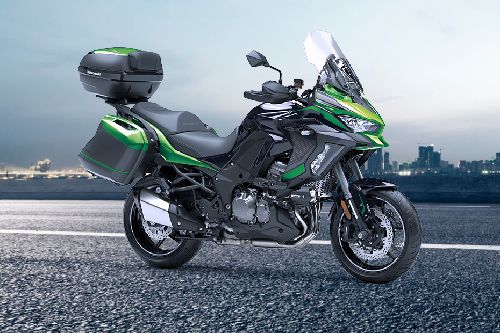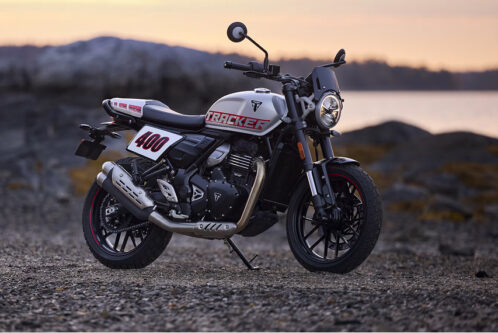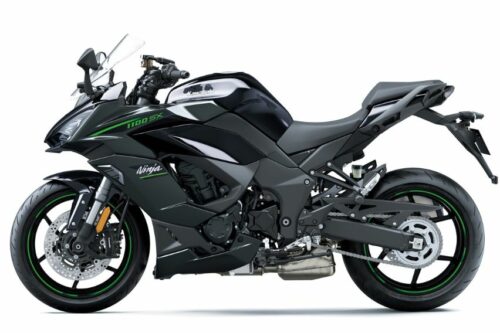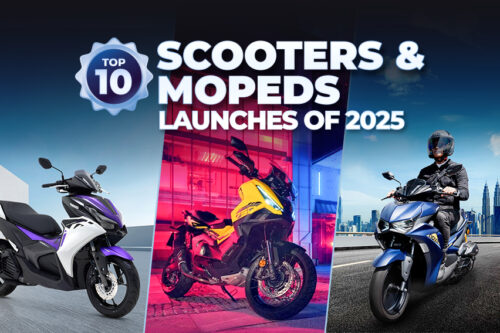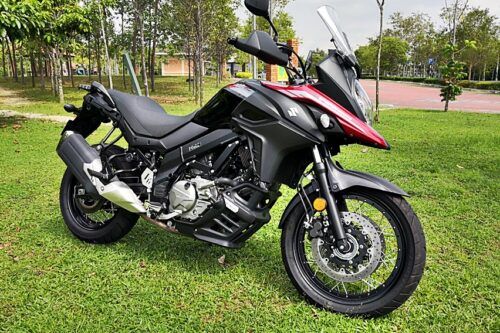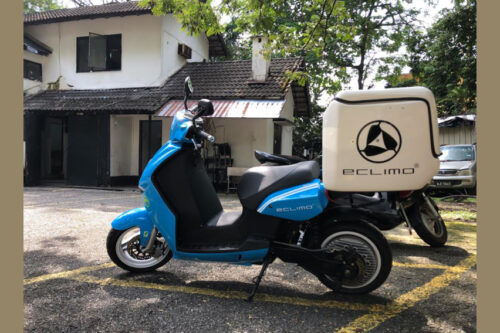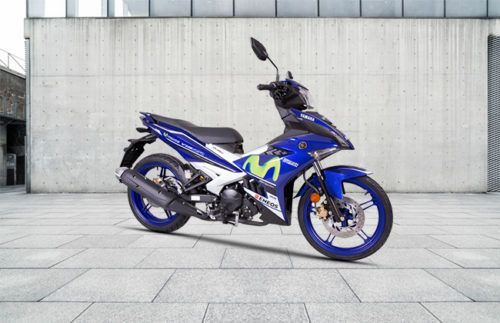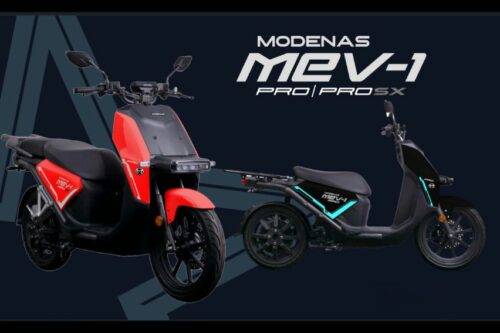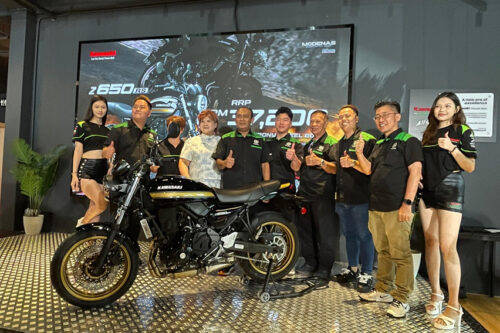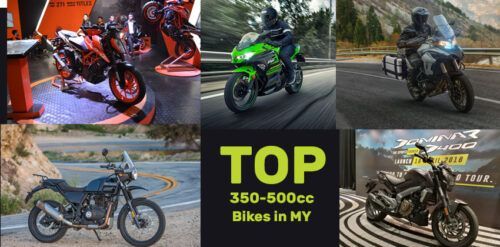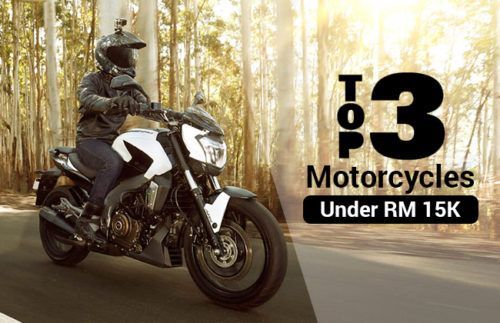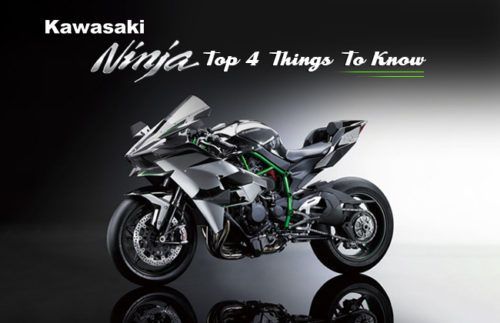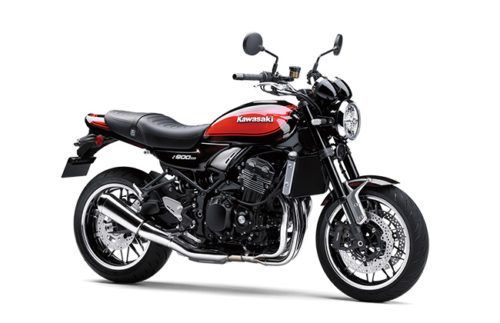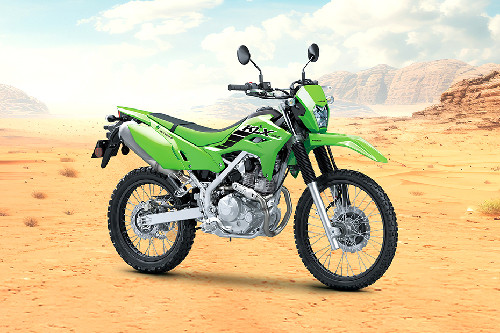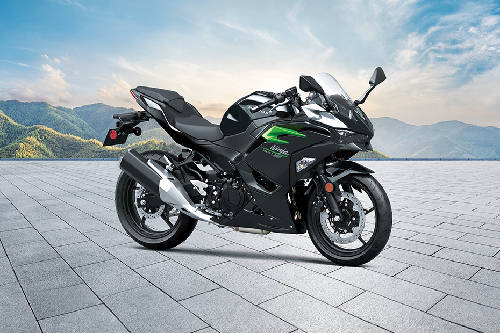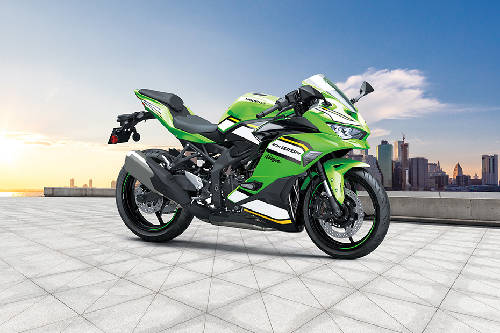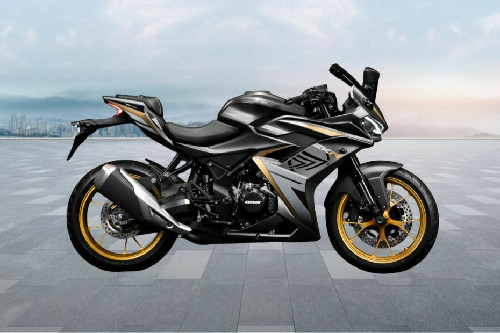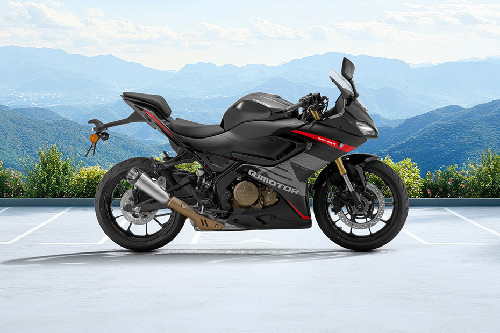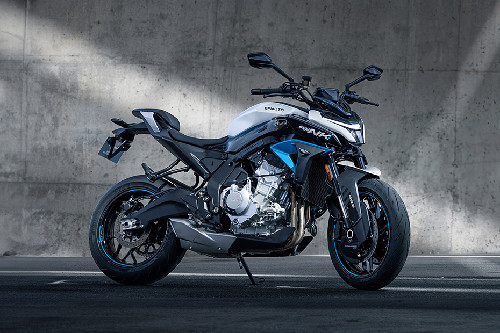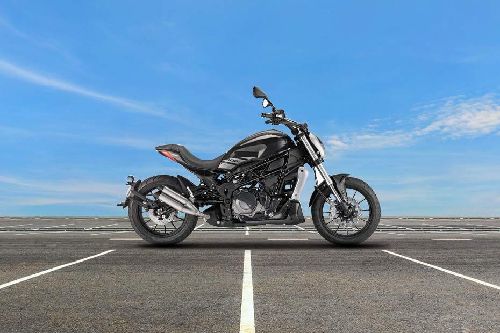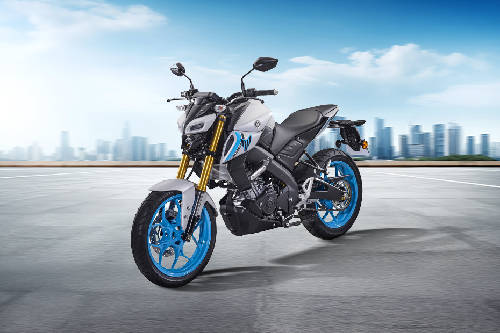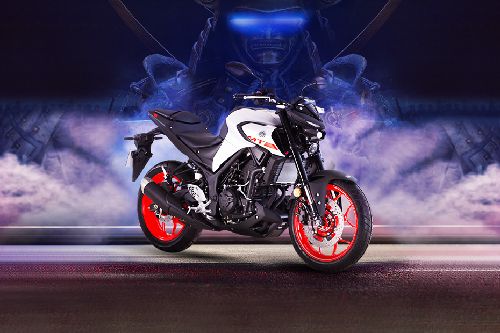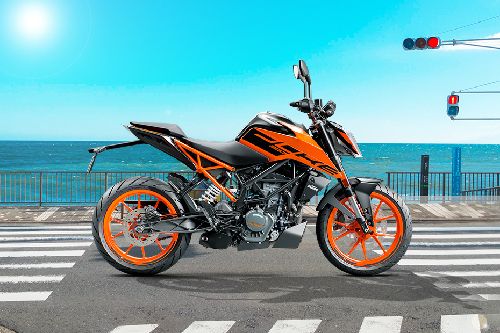Kawasaki Ninja 250: Key highlights
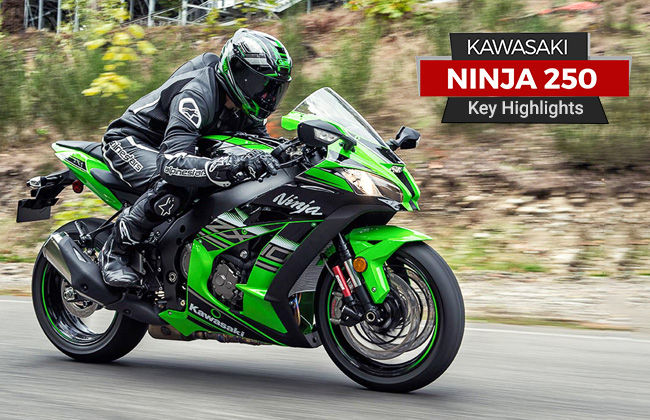
The Kawasaki Ninja 250 should not need any introduction. So we go straight to the brass tacks.
Currently available in the Malaysian market is the 2017 model of the Ninja 250. This generation has now been replaced by a new model that has yet to arrive on our shores. Hopefully, it won’t take too long. The new design is heavily inspired from the Ninja 400 – so much so that it looks like a slightly shrunken Ninja 400. It also produces as much as 39 bhp which is very near the output of the current Ninja 300. This puts it closer in competition to the Honda CBR 250RR.
With that tantalizing look at the future, here’s a view of the present. The 2017 Ninja 250 thankfully does not lag behind by much.
The styling for the 250 is inspired in turn from the ZX10R, the ZX-6R and also the ZX-14R. It has a slim tail section thanks to the integrated grab handles. The front windshield is mounted using only the mirror mounts and thus gives it a floating look. The Ninja ZX-14R inspired engine cooling vents keep the warm air from the engine from getting blown on the rider’s legs. Overall a practical design that looks as extreme as any other Kawasaki.
It also gets 10 spoke wheels that look like the one on the ZX-14R. The short exhaust is profiled for better cornering and is inspired from the Ninja ZX-10R and the ZX-6R. Twin multi-reflector headlights do the duty of illumination but there are no LEDs to be found here.
There are two colors on offer- Green and Winter Edition black.
The instrument display uses a large semicircular analog-style tachometer. This is complemented by a multi-functional LCD screen. This screen is responsible for displaying the fuel gauge, the dual trip meters, clock and Economical Riding Indicator. The screen is also backlit using a white LED ensuring clear visibility at night.
Its length is 2010 mm, width is 715 mm and its height is 1110 mm. The wheelbase is a compact 1400 mm. Ground clearance is practical at 140 mm. However, the seat height of 785 mm may not be the best for shorter riders.
The engine is a fuel injected, liquid cooled parallel twin DOHC unit with 4 valves per cylinder. It produces 32 hp at 11000 rpm and 21 Nm of torque at 10000 rpm. It uses dual throttle valve for better fuel economy and even comes with an economic riding indicator. This allows it to achieve 45kmpl fuel economy figures. The transmission uses a 6-speed gearbox that with the slipper clutch makes for smooth and fast gear shifts. The engine is also mounted on rubber pads that help a lot with minimizing vibrations.
The bike uses a new diamond- style frame chassis that was developed on the circuit. It not only gives the rigidity and stability needed for racetrack performance but also keeps the bike comfortable on slower city riding.
There are 17” wheel front and rear. 110/70 54S tires in the front and 140/70 66S tires on the rear provide good grip for cornering.
A single 290 mm petal disc in the front and a single 220 mm petal disc in the rear with a dual piston caliper setup are responsible for stopping the bike when needed. There is, however, no option for ABS on this bike.
The Ninja 250 is on sale in Malaysia for around RM 20000. There are many alternatives present in the market today at the same price range. But for experiencing a high revving twin cylinder engine in such a beginner friendly format with features like slipper clutch, very little comes close.
-
Explore Kawasaki Ninja 250
Kawasaki Ninja 250 Related Stories
- News
- Featured Stories
Kawasaki Motorcycle Models
Don't Miss
Malaysia Autoshow
Trending & Fresh Updates
- Latest
- Popular
You might also be interested in
- News
- Featured Stories
Kawasaki Featured Motorcycles
- Latest
- Popular
Compare & Recommended
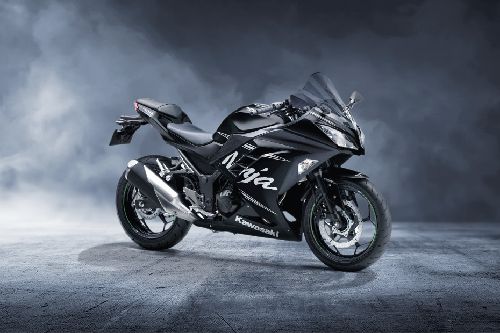
|

|
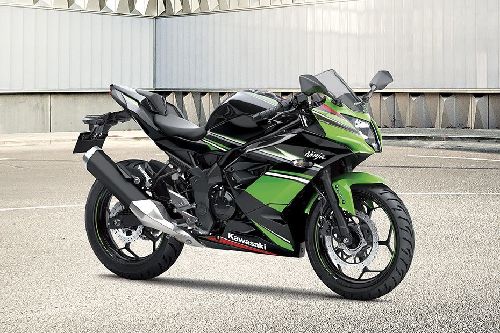
|
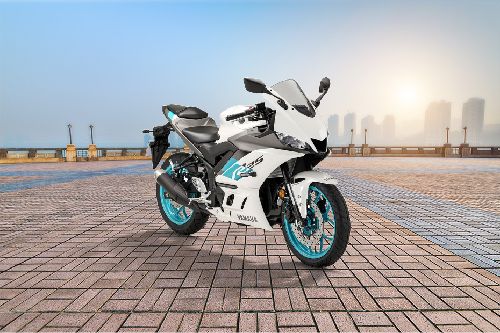
|
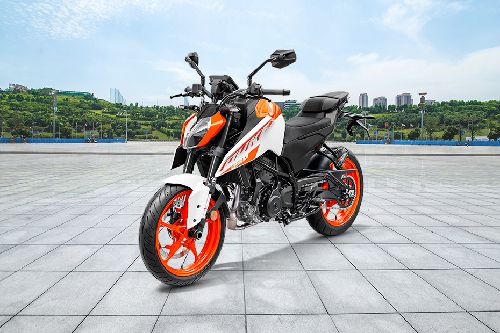
|
|
Engine
249
|
249
|
249
|
249
|
248.8
|
|
Power
39
|
41
|
27.6
|
35.5
|
29.5
|
|
Start Option
Electric
|
Electric
|
Electric
|
Electric
|
Electric
|
|
|
Trending Sport
- Latest
- Upcoming
- Popular

